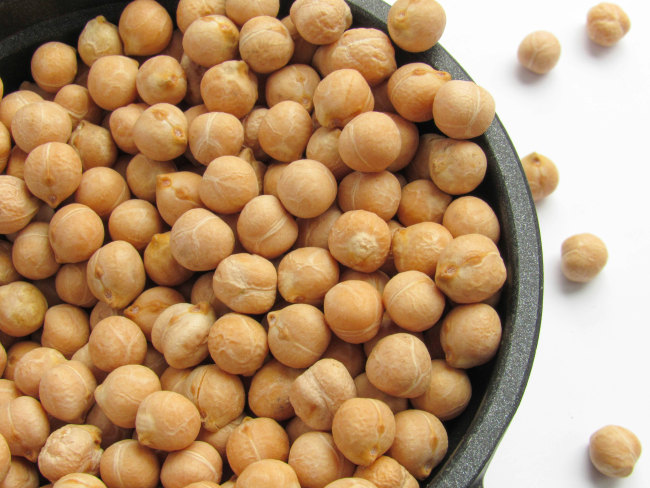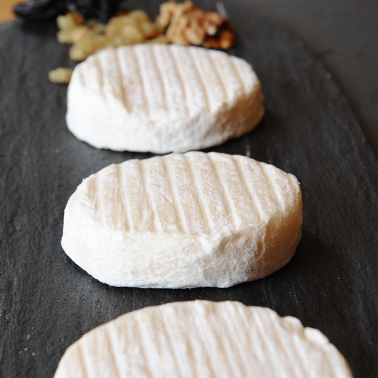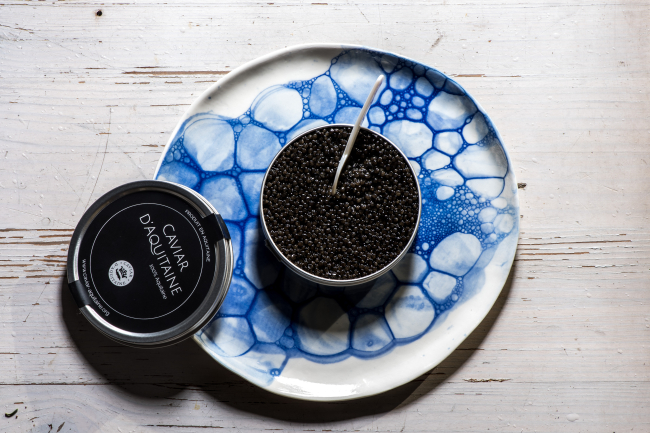This article is older and has been archived.
It remains accessible, but the information provided may be out of date or incorrect.
News
Languedoc olive oil awarded PDO status
Languedoc olive oil is now officially recognized as a Protected Designation of Origin (PDO). The PDO was registered on October 24, 2023 by the European Commission, giving it Europe-wide protection. This recognition recognizes the practices developed over time by local olive growers.
A multi-varietal oil from traditional know-how
Languedoc olive oil is produced by blending several varieties, notably Lucques and Olivière, which represent at least 60% of the varieties in the orchards. It is characterized by aromas of tomato and almond, sometimes accompanied by notes of apple, both olfactory and gustatory, as well as a moderate bitterness and acidity on the palate. Production conditions reflect the know-how of olive growers: orchard maintenance without chemical weedkillers, pruning to ensure proper development of the trees and good health of the fruit, careful harvesting of the olives at controlled ripeness, harvesting-curing times to preserve the nutritional and organoleptic qualities of the fruit...
A culture that dates back to the 10th century
Archives show that a real economy based on the olive tree developed from the middle of the 10th century in Languedoc. Oil mills flourished, reaching 150 in Languedoc in the first half of the 20th century. The historic frost of 1956 brought the industry to a halt. However, traditional olive-growing became more professionalized and resumed its growth from the 1980s onwards. Practices were better supervised: selection of favorable plots of land, development of irrigation, regular pruning of olive trees to improve productivity per hectare... while preserving producers' know-how.
.A production area facing the Mediterranean
The production area is located in the Languedoc on two departments, 180 communes in the Aude department and 250 communes in the Hérault department. The geographical area is open to the sea to the southeast, and bordered to the north and west by the northern mountains. Facing the Mediterranean and composed of a relief of hills and small limestone plateaus, the geographical area is an excellent terroir for olive trees, particularly for the Lucques and Olivière varieties.
.
Key figures
192
hectares
40 000
pieds (50% de la variété Olivière, 30% de la variété Lucques)
100
oléiculteurs
7
moulins
Press release
Communiqué de presse : L’huile d'olive du Languedoc reconnue en AOP
CP INAO : L’huile d'olive du Languedoc reconnue en AOP
The latest approvals for French SIQO products
Superior quality chickpeas have just been recognized as Label Rouge following the publication of their approval order by...
News

News
The name "Pérail" is officially recognized as a Protected Geographical Indication (PGI), by publication, on May 26, 2025...
News

News
The name "Caviar d'Aquitaine" is officially recognized as a Protected Geographical Indication (PGI), with the...
News

News
